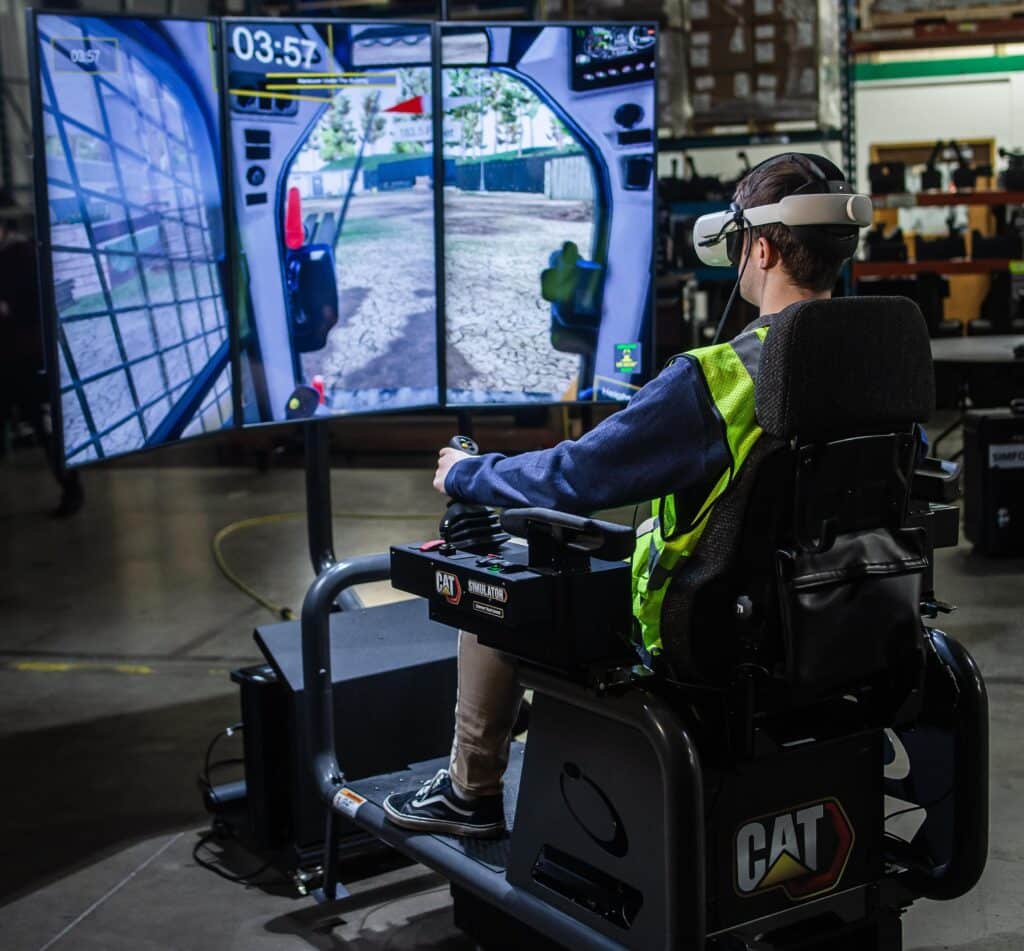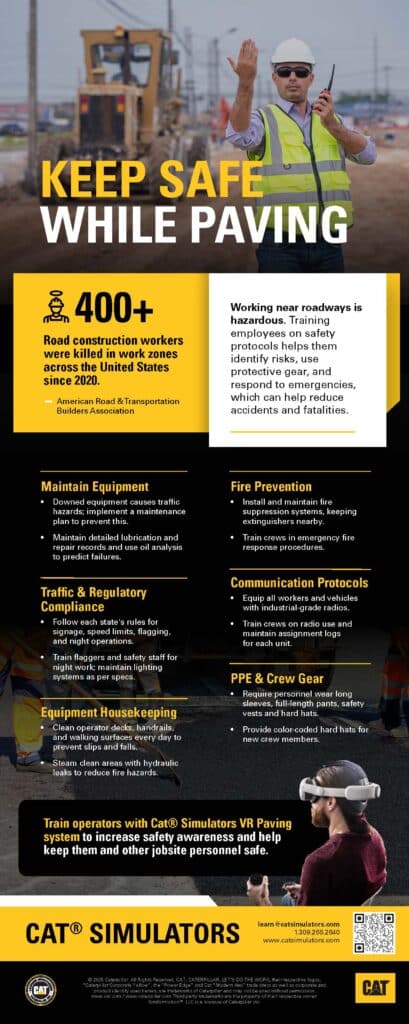The Georgia Highway Contractors Association (GHCA) recently hosted its annual teacher training event for the Georgia Heavy Equipment Operator (HEO) Pathway Program. Held at ER Snell Corporation in Snellville, Ga., the three-day event brought together 26 educators from across the state.
Expanding a Statewide Workforce Development Initiative
Launched in 2021 with six pilot schools, the program has now grown to include 25 schools statewide. At the heart of each HEO classroom are Cat® Simulators dozer and excavator systems, two of each, along with the accompanying SimScholars® curriculum. Pairing the simulators with the curriculum ensures that all the teachers provide consistent instruction along with relevant, real-world jobsite expectations.
The event welcomed six new instructors who participated in the program for the first time. Several had never operated heavy equipment before, let alone taught it. To ease their transition, Simformotion sent a dedicated team to demonstrate simulator setup, student enrollment in the SimU Campus™ reporting system and navigation of the SimScholars learning management system.
As a key partner in the program, Simformotion was excited to send the team to support the event and the teachers. “Some of the teachers have never operated heavy equipment, let alone taught it, and they’re nervous about teaching a subject they are unfamiliar with,” said Nick Utech, SimScholars curriculum writer. “My job is to take away those nerves by explaining our comprehensive curriculum as well as letting them know that our team is here to support them 24/7.”

“Being here to show the teachers the different tools and resources that are available to them through SimScholars helps them prepare to teach their classes,” added Utech.
Building a Unified Curriculum Across Georgia
GHCA Engagement and Development Director Cody Dyer organized the event and highlighted the importance of consistency and collaboration among educators. “We support the program, and it’s essential for us to bring all the teachers together so that everyone is aligned on what we are teaching in the classrooms. This way, when contractors hire students, they are aware of the training those students have received,” explained Dyer.
The training included hands-on sessions with simulators, instruction on grading systems, and coaching techniques. Teachers also learned how to integrate real-world safety practices and jobsite procedures into their classrooms.
“We taught them grade stakes, transit levels, basic GPS, jobsite safety, traffic control and pace vehicles,” said Dyer. “We gave them worksheets, PDFs and PowerPoints—everything they can use to enrich their instruction.”
He explained that the training the student receives in the classroom and on the simulators ensures students not only understand how to operate machinery but also why certain techniques matter, which supports long-term retention and safer, more efficient jobsite behavior.
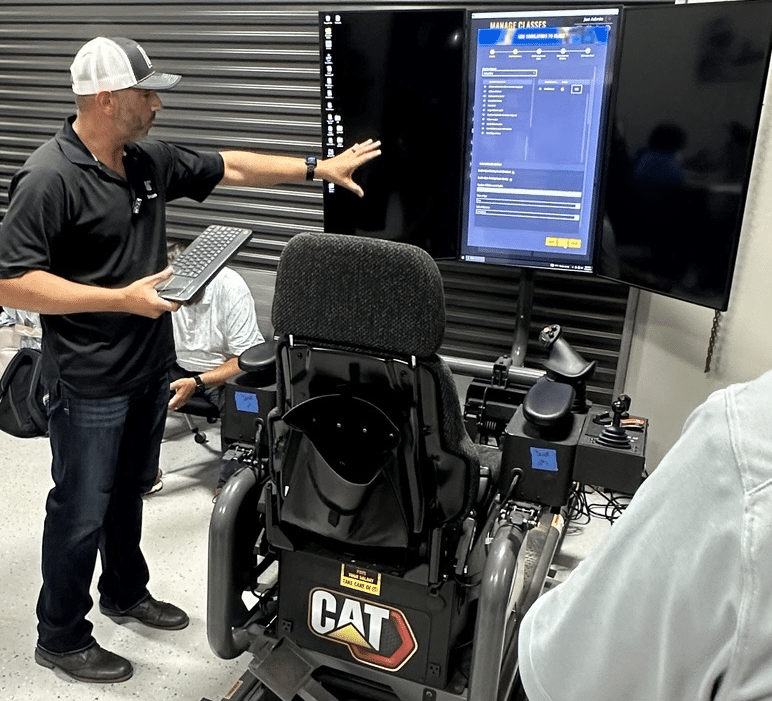
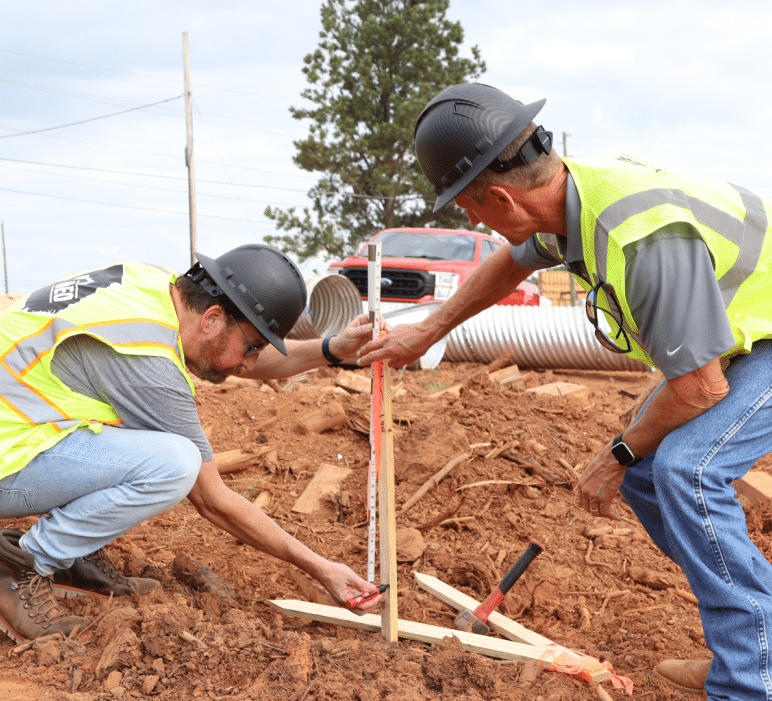
Bridging the Gap Between Education and Industry
“Simformotion is proud to be part of the Georgia HEO Pathways program, working with companies and organizations to build students up and give them opportunities,” explained Utech, who noted that recent curriculum updates add rigor and raise expectations, aiming to improve both student outcomes and teacher experience.
The combination of cutting-edge simulation technology and structured curriculum ensures that students receive consistent, high-quality instruction that sets them up for success as operators.
Utech continued, “Success is measured by how many students are impacted and how many teachers feel their quality of life is improved—not just in what they teach, but how they teach.”
Real-World Experience on the Jobsite
During the training, teachers visited an active job site where they operated dozers and excavators, practiced GPS techniques and grading skills.
Dyer emphasized, “The importance of them being on the real machines is so they understand why they’re coaching what they’re doing with the simulator. If teachers understand, they can explain. If they don’t understand, they can’t explain.”
The hands-on training helps the teachers convert simulator-based learning into practical skills that students can use on the job.
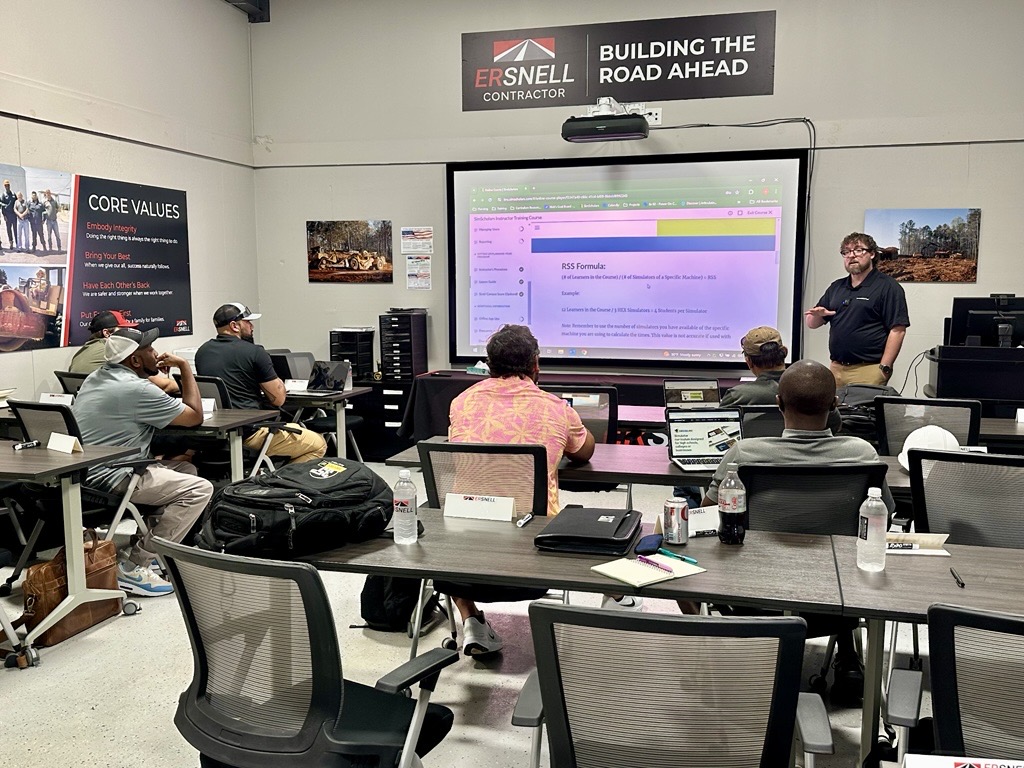
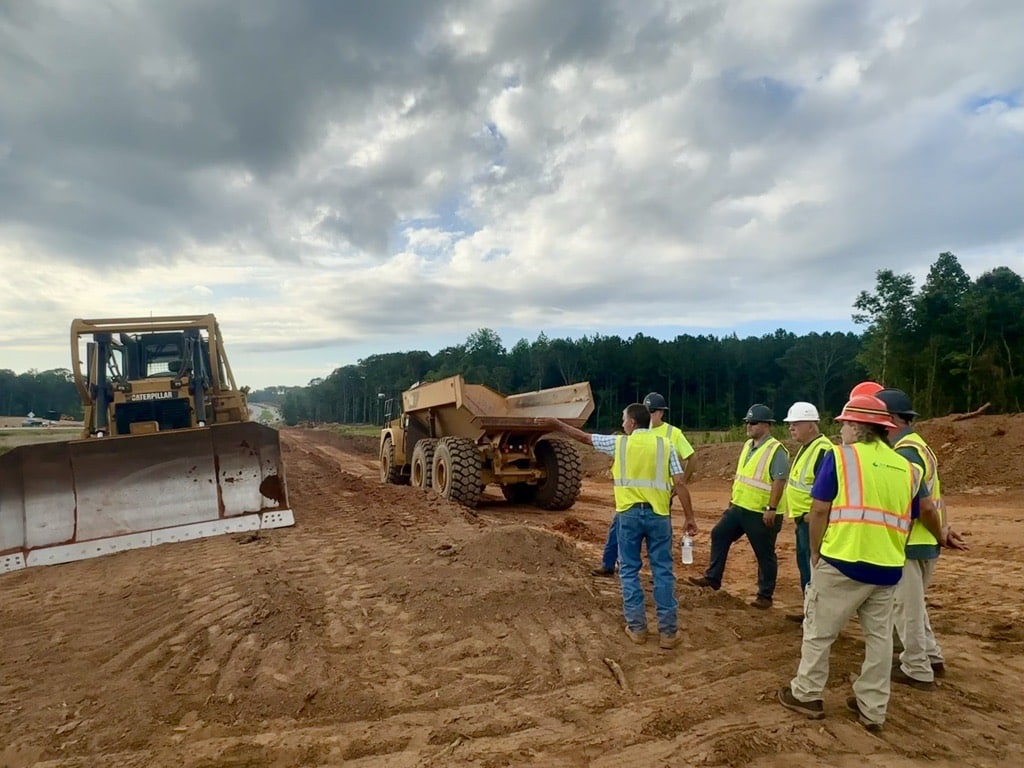
Success Stories and Industry Recognition
The HEO Pathways program has produced positive results. Zach Driggers, a student at Metter College & Career Academy, earned a job offer from Reeves Construction after excelling in a simulator-based capstone project.
Thanks to the simulator experience he received during the HEO class, Driggers was confident in his ability as he moved to an actual heavy equipment role with Reeves. The simulators, he said, “make a difference in the workforce. Everything’s there – whatever’s on that simulator is on the excavator.”
McLendon Enterprises, a key industry partner, was recently named Georgia’s Work-Based Learning Program Business Partner of the Year for its support of Toombs County Schools’ HEO pathway program.
“This program puts interested students in the best possible position to not only provide for themselves but to excel in this profession,” said CEO Benny McLendon.
Looking Ahead
“We don’t expect them to be 30-year operators,” said Dyer. “But if they have basic knowledge we can build on, they’ll grow into foremen, superintendents or more.”
Utech concluded, “It fills my heart with joy seeing everything come together in such a great way. We’ve seen students become shining examples of what this program can offer, and it’s a testament to the power of collaboration between education, industry and community.”

For GHCA and its partners, success means developing a talent pipeline of students who understand the industry and are ready to grow within it. Through ongoing collaboration between the GHCA, educators, and contractors, Georgia’s HEO pathway will continue to pave the way for a stronger, safer and more skilled workforce.

